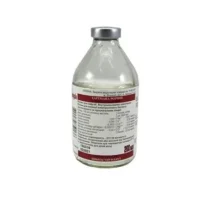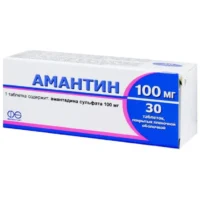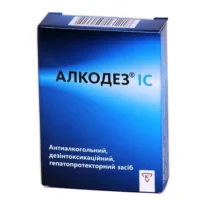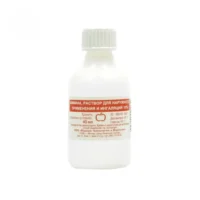Description
Zoledronic acid-Farmex (zoledronic acid) Concentrate for Infusions 4 mg/5 ml Vial №1
Ingredients
- Active ingredient: Zoledronic acid
- Other ingredients: Mannitol, sodium citrate, water for injections
Dosage
The recommended dose: 4 mg (5 ml) infused over at least 15 minutes every 6 months
Indications
Zoledronic acid-Farmex is indicated for:
- Treatment of osteoporosis in postmenopausal women and in men at increased risk of fracture
- Prevention of skeletal-related events in patients with advanced malignancies involving bone
Contraindications
Do not use Zoledronic acid-Farmex if:
- Hypocalcemia is present
- Hypersensitivity to zoledronic acid or any component of the product exists
Directions
For intravenous infusion only. The solution should be clear and colorless. Any unused portion should be discarded
Scientific Evidence
Zoledronic acid-Farmex has demonstrated efficacy in:
- Reducing the risk of fractures in osteoporosis
- Decreasing skeletal-related events in patients with bone metastases
Additional Information
Pharmacological Effects: Zoledronic acid is a bisphosphonate that inhibits bone resorption. It acts by binding to hydroxyapatite crystals in bone, inhibiting osteoclast activity
Clinical Trials and Comparative Effectiveness: Clinical trials have shown that zoledronic acid is more effective in preventing fractures compared to other bisphosphonates. A study by Black et al. (2007) demonstrated a significant reduction in vertebral fractures with zoledronic acid compared to placebo
In conclusion, Zoledronic acid-Farmex is a potent medication for the treatment of osteoporosis and skeletal-related events in cancer patients. Its efficacy and safety profile are supported by robust scientific evidence and clinical trials, making it a valuable option in clinical practice





